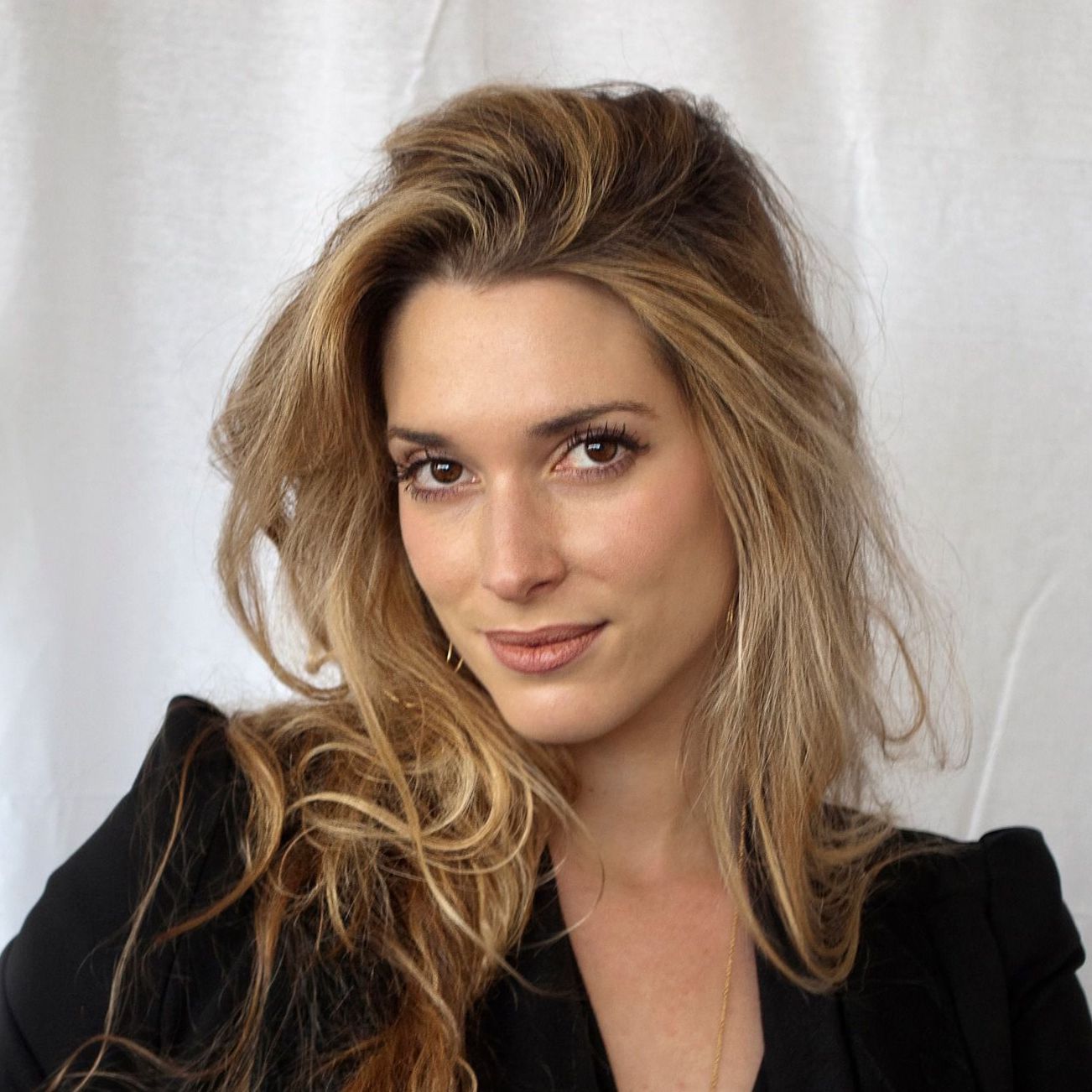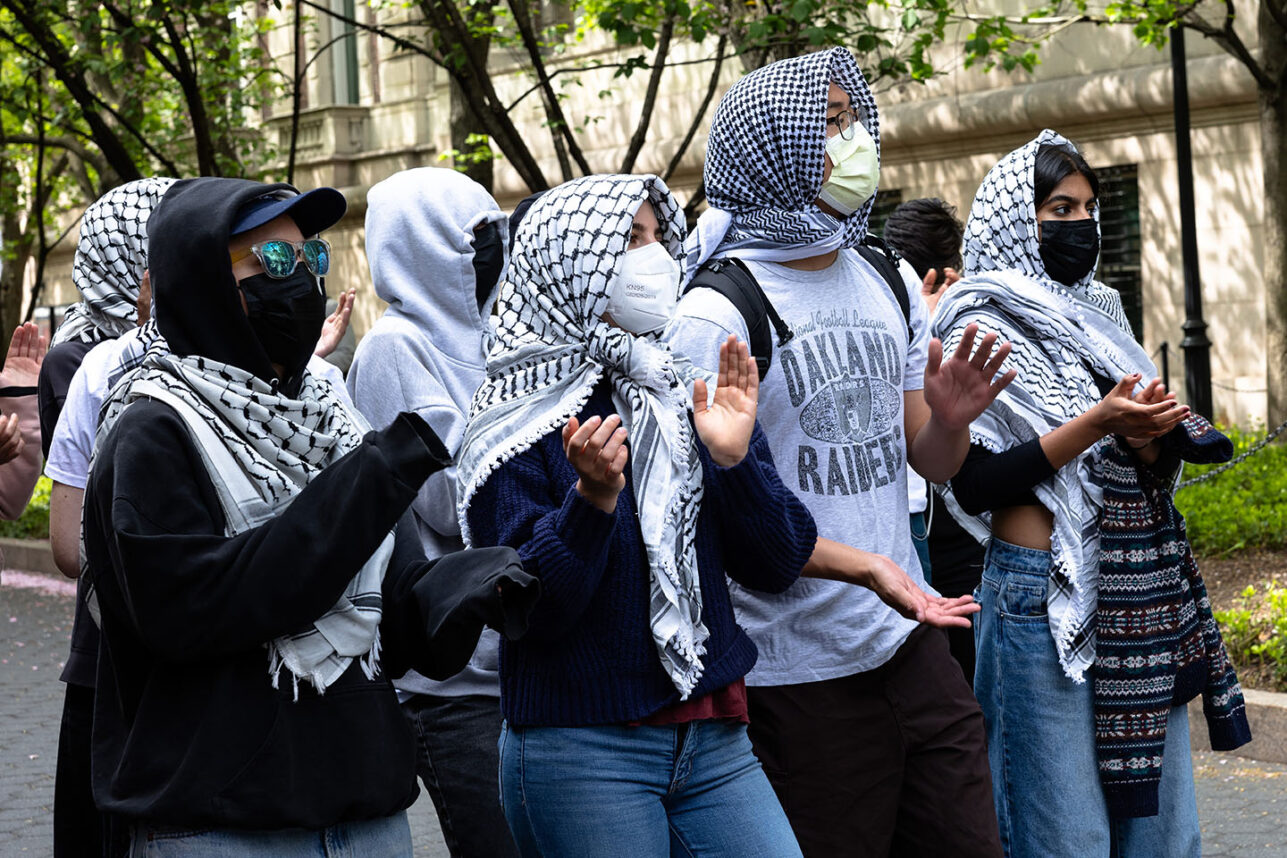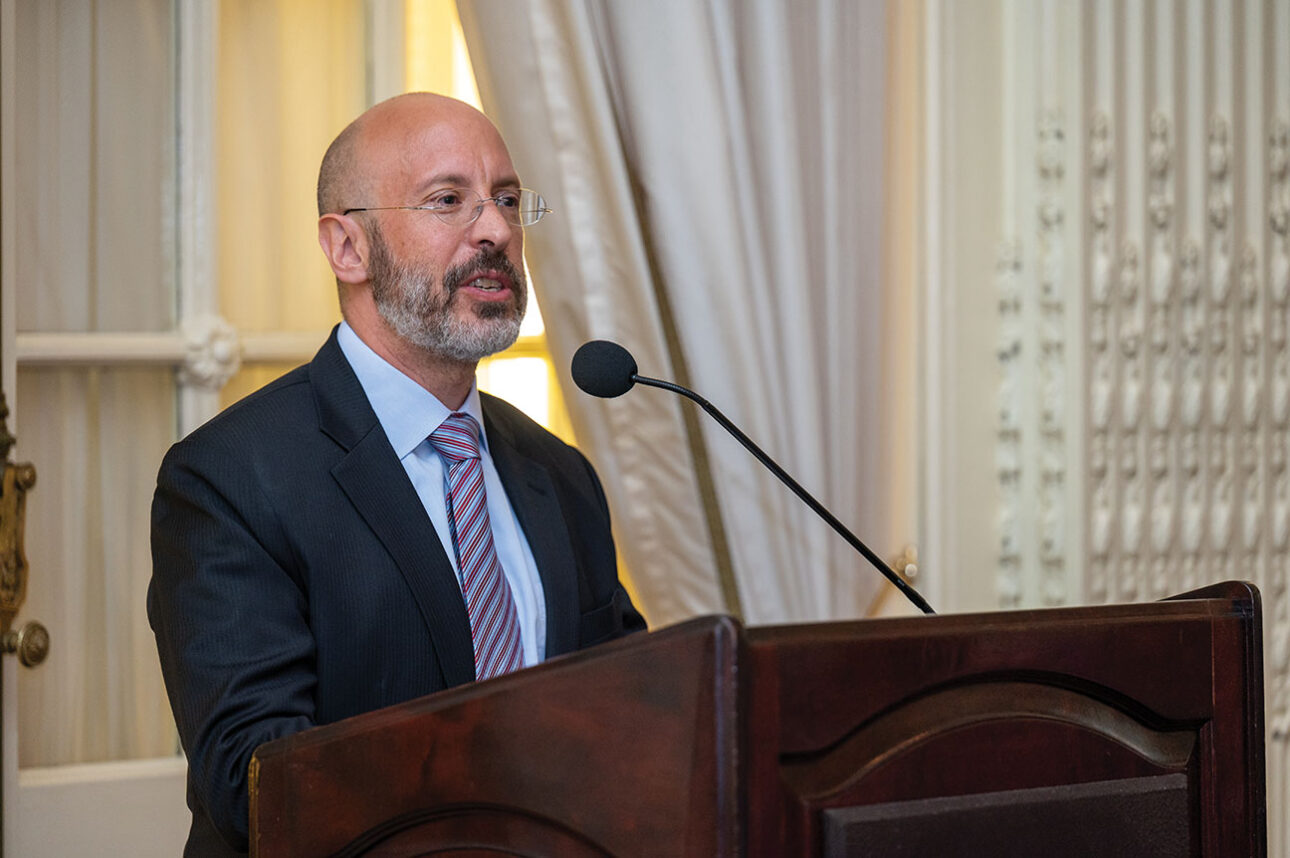It was 3 p.m. on a November weekday when Frank Hebroni found out who had saved him. He recalls the moment in perfect, vivid detail, a strobe of intense light after so much darkness:
“It was nine hours ahead — midnight for him,” Hebroni, 26, said of his bone marrow donor, who lives in Germany. “My mom was, like, ‘I’m gonna call right now.’ He answered, but he barely spoke English. He said something in German. My mom was, like, ‘Bone marrow donation! America! U.S.A.! U.S.A.!’ ”
For Hebroni’s mother, Hengy, this was a victory call — a triumph of modern medicine over odds and distance, an achievement of humanity over the evils of history. She would not wait another minute to share this epic moment with the man who had saved her son from a ruthless foe.
It wasn’t Hitler, but there had been a Pharaoh living inside Hebroni’s body.
When he was 9, the Iranian-Jewish boy was diagnosed with rhabdomyosarcoma (rab-DO-MYO-sarcoma), a rare malignant tumor that Hebroni described as “in my face, behind my eye, close to my brain.”
Because of the tumor’s proximity to his cerebrum, doctors would not operate. For a year, Hebroni endured a punishing regimen of radiation and chemotherapy that forced him to miss the fourth grade. What would that matter, though, if it meant he would live?
Five years later, Hebroni was a freshman in high school when a routine check-up with his oncologist served him another blow: acute myelogenous leukemia, probably a result of the radiation he had undergone for the tumor.
He spent a year of high school in isolation at Children’s Hospital Los Angeles, watching and waiting as the poisonous chemo serum worked its magical madness on his cancer. And before he could surrender to the pain, nausea, hair loss, weight loss, loneliness, boredom or despair, the malevolent molecules disappeared into remission.
“After being sick, you would think I would get disgusted by the medical field, by always being in the hospital and stuff,” Hebroni told me by phone last week. “But, after that, I wanted to be a doctor.”
Nine years passed. Then, in May 2011, as Hebroni was nearing the end of his second year at UCLA medical school and was about to take his board exams, he got a sore throat. It soon became a sinus infection, then bronchitis, then pneumonia. “At a party, just walking around the party, I was short of breath,” he recalled. “And I had a bad feeling in my gut. I thought, maybe I’m sick again.”
The chances of his cancer recurring after nine years of remission were very low, but Hebroni insisted on a visit to the oncologist for a blood test. His heavy dread proved prescient; the leukemia had returned.
“I got so mad,” Hebroni recalled of his third cancer diagnosis before turning 25. “I grabbed [the doctor’s] coat and started shaking him back and forth, yelling ‘You have to treat me or I’m gonna die!’ ”
His family and friends were stunned when it took only one round of chemo for the cancer to retreat in remission. But Hebroni’s doctor was not relieved; if the cancer were to recur again, he explained to the family, the strain could be so aggressive that chemo might be powerless to stop it. “He thought we should really do something more permanent,” Hebroni recalled.
The solution would be a bone marrow transplant — if only a match could be found.
It was June 2011, half a world away in the tiny German town of Bad Lippspringe (population 15,000) in North Rhine-Westphalia, when 59-year-old Peter Entz was contacted through a donor registry and asked if he would donate stem cells. Entz had entered the registry some years earlier when a local donor drive was organized to save a young man with leukemia from his town, but before a donor could be found, the boy died. Now, Entz was approaching 60, the cut-off age for bone marrow donation.
“When they asked me, I was speechless,” Entz wrote me by e-mail in his striving English. “I thought that I would be too old. I only needed some moments [to think about it] and I said, ‘Yes, of course, I do it.’ ”
A week before the procedure, Entz self-administered injections that gave him extreme nausea “and malaise,” he wrote. “Nevertheless, I still endured because I wanted to help the sick person. I never had any doubts.”
Entz was not given information about the recipient; after the donation, he was told it was a person living in the United States.
At City of Hope National Medical Center, outside Los Angeles, Hebroni and his family were anxiously waiting for the transplant to take its course. For a mandatory 100 days, they watched as Hebroni’s body attacked itself, through a complication known as graft versus host disease (GVHD), a condition that made him supremely vulnerable to infection. For months he had to remain strictly isolated in a special unit of the hospital. Visitors had to wear full body gowns to see him. And almost daily he needed blood, platelet and electrolyte transfusions. He could only eat through an I.V.
The complications from the transplant beset Hebroni with a series of illnesses and trials that would radically alter his life for years to come: his bones grew so thin he couldn’t lift a spoon; he couldn’t keep food down but had to swallow 45 pills daily; he lost 50 pounds. He underwent more surgery, and he had to wear a germ-repellent mask in public.
After two years, Hebroni was finally able to contact Entz and tell him that he would return to medical school.
This Passover, Hebroni’s family invited Entz and his daughter to visit Los Angeles and share their seder. “It was an unbelievable feeling of happiness and thankfulness to meet Frank and his family,” Entz wrote to me. “Never before [have] I had contacts to anyone in the U.S.A. It is a great pleasure and grace for me, that life led us together.”
Of the seder experience, Entz added: “It was a deeply moving and impressive moment to experience this Jewish holiday in the circle of the entire family. We spent a wonderful night together with many conversations and Iranian dancing.”
The symbolism was so stark, I had to ask Entz what it meant to him that he had saved a Jewish life more than half a century after the Holocaust.
“That I was able to save a human life is for me the greatest pleasure in my life,” he wrote. “The Jew[s] and the German[s] have a very bad past. I am very happy to have made a piece of redress through my donation for a Jewish person.”























 More news and opinions than at a Shabbat dinner, right in your inbox.
More news and opinions than at a Shabbat dinner, right in your inbox.